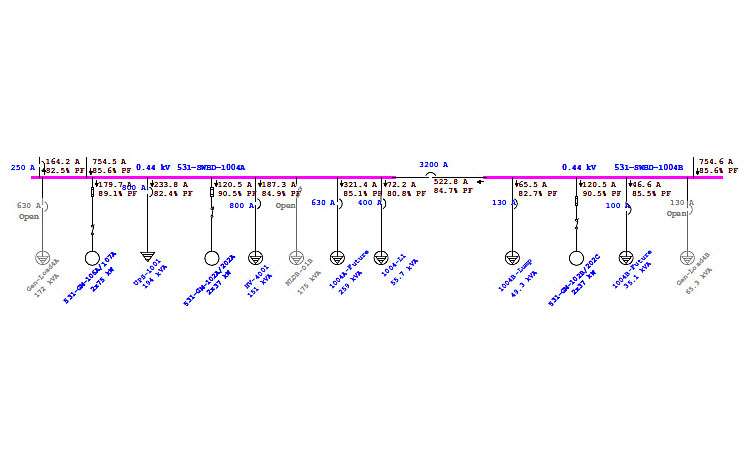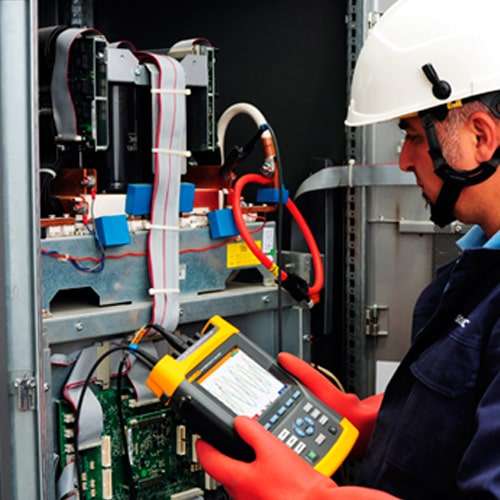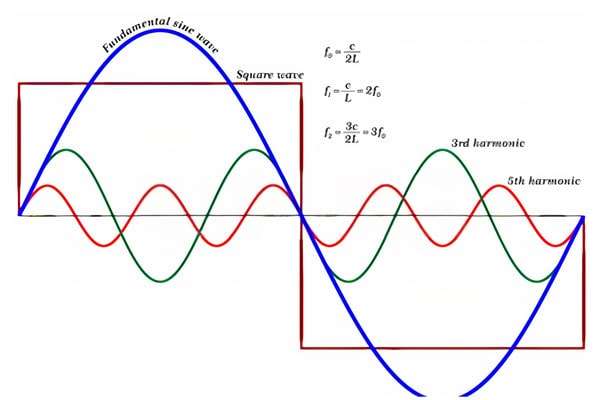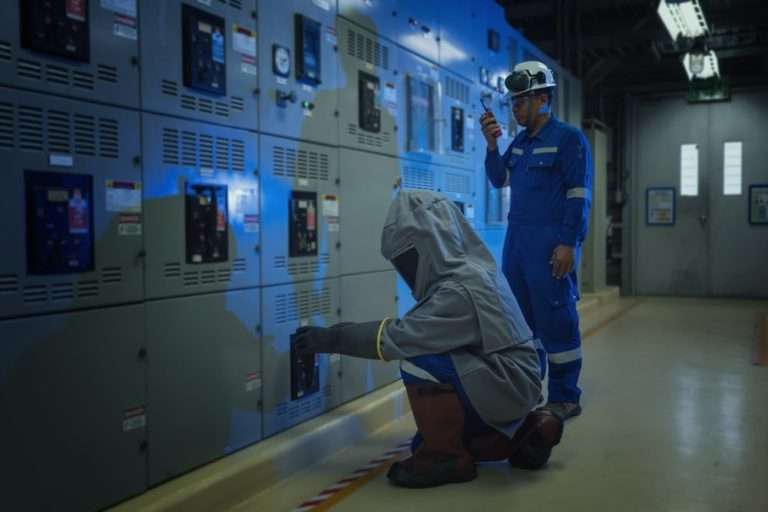Arc Flash Analysis in Spain: A Step-by-Step Guide
Electrical arcs form when a gas is exposed to a voltage greater than the voltage it can block. The arc starts when the voltage is high enough to ionize the space between the conductors. When a gas is ionized, it turns into an excellent conductor, allowing current to flow and producing an electrical “arc flash” with an arched form. An unexpected electrical discharge is an arc fault.
- Arc flashes produce blinding brilliance and loud noise because of the high temperatures involved.
- A high-pressure wave known as an arc blast has the potential to launch molten metal and tiny metal particles into the air.
- Harmful vapors
Arc flash hazards might be disastrous for commercial structures and electrical infrastructure. Here are a few examples of company losses brought on by arc flash hazards.
- Additional expenses for health care, therapy, workers’ compensation, accident investigation, and lost output.
- Legal fees, penalties, insurance premiums, repair costs, and the expenditure of employing a replacement employee associated to a lawsuit.
- A damaging effect on the organization’s reputation and brand.
- Loss of business chances brought on by a history of accidents that might result in the revocation of an electrical license.
An Arc Flash Produces the Following Outcomes:
- Deteriorated insulation on a conductor
- Body parts that are on display
- Human beings are careless
- Inadequate switch and circuit breaker maintenance
- The instrument is near to the water.
- Any obstacles should be taken out of the way.
- Wiring for high voltage
- Electrostatic charge discharge
- Instruments and equipment in bad shape
Arc Flash Analysis Technique:
Anytime high-voltage or low-voltage high-current switching takes place, there is a possibility of an arc flash.
Step 1: Determine the likelihood of an arc flash:
- Collect data, use software to model the power system, examine short circuits, learn how overcurrent protection devices cooperate, examine arc flashes, and evaluate arc flashes as part of an arc flash/fault study or analysis.
- Estimating the likelihood that a worker may be hurt by an arc flash
Step 2: React to the danger:
- If employees exclusively contact off-the-grid equipment, they are less likely to sustain arc flash accidents.
- Automated systems would be preferable than manual ones in use.
- To protect employees from any active equipment, install physical barriers between them.
Step 3: Engineering oversight:
- To reduce incident energy, decrease the fault current.
- Arc flash detection and suppression systems
- Switches and remote controls
- Improvements or modifications to the switchboard
- Circuit breakers that don’t trip
- Insulation for bus bars is important.
- Replace blown fuses.
Step 4: Administrative controls:
- Locating energy levels by marking switch rooms, plants, and other important locations
- Taking note of the arc’s boundaries
- Sketching up arc flash diagrams and taking notes
- Putting in place secure guidelines and practices to reduce vulnerability
- PPE (personal protective equipment) levels and incident energy
Step 5: Personal protection equipment (PPE):
- Although it is the least effective PPE, it may lessen an accident’s severity but cannot stop it. The type of personal protection equipment (PPE) used depends on how serious the issue is.
You can get assistance from CareLabs with any arc flash-related issues. Experts with extensive training and understanding can identify possible arc flash dangers and provide the best mitigation and control strategies to guarantee the safety of your staff and property.
Advantages of CareLabs' Service:
- Safer electricity systems that adhere to regulations and criteria
- Working to your full potential helps you save time and money.
- Bolster workplace safety.
- In case of emergency, promptly offer substitutes.
- A larger safety margin is required.
- To save time, produce arc flash labels and work permits automatically.
- Avoid possible penalties and legal costs by taking precautions.
To ensure that our professionals are available nearby in case of an emergency or for normal work, CareLabs employs staff members in many locations. CareLabs quickly attained ISO 9001:2008 certification and built a clientele with an outstanding reputation. Arc flash testing and analysis services are provided by CareLabs in all major cities, including Madrid, Barcelona, Valencia, and Seville.
Share Post
Related Posts
-
How to Conduct Power Quality Analysis in Spain
-
Power Quality Working Principles in Spain
-
The Importance of Load Flow and Short Circuit Analysis for a Spanish Business
-
Test and Verify Electrical Motor Efficiency in accordance with Spanish Guidelines
-
How to evaluate efficiency and dependability of commercial motors?
-
Arc Flash Analysis in Spain: A Step-by-Step Guide
-
Load Flow, Short Circuit, and Relay Coordination in Power System Analysis
-
Why is Harmonic Analysis and Study Important for Spanish Businesses?
-
Importance of Arc Flash Hazard Analysis and Mitigation Methods
-
Harmonic Analysis in Power System in Spain






